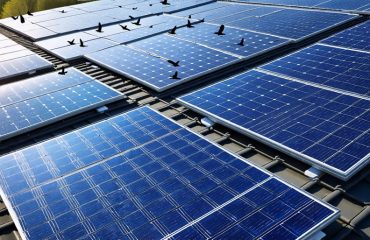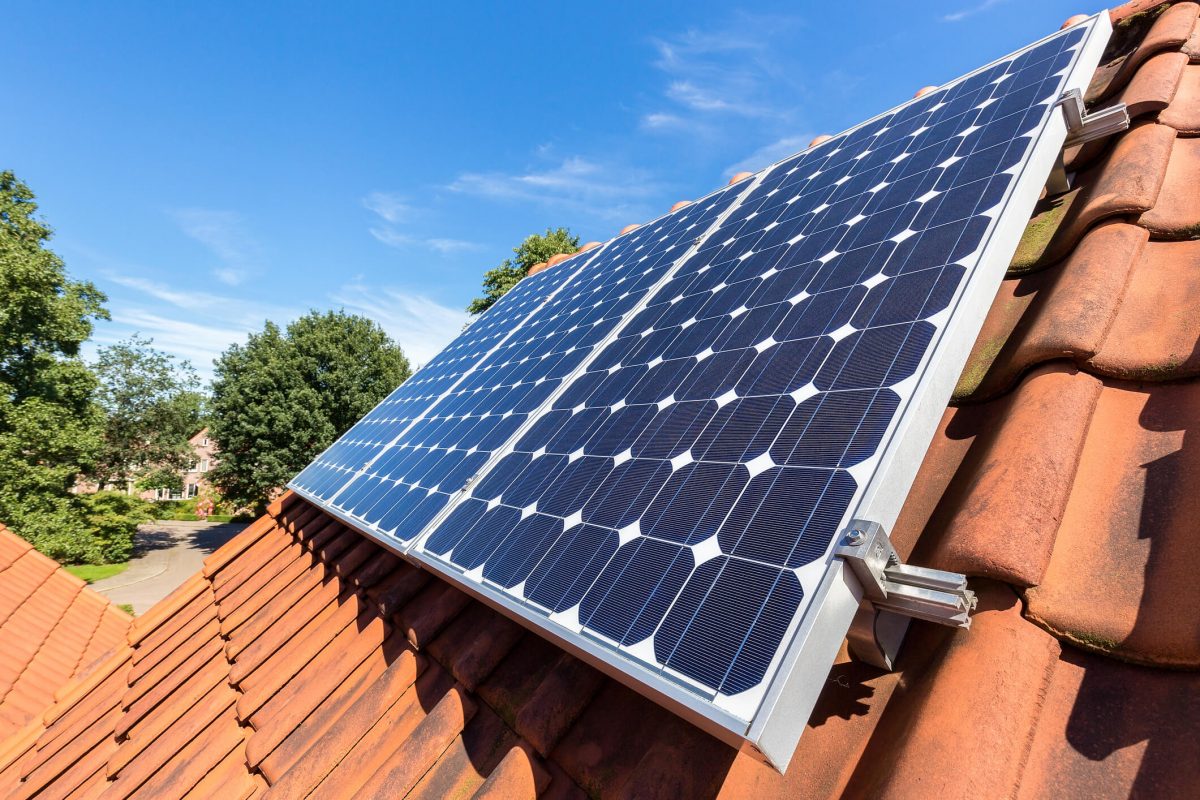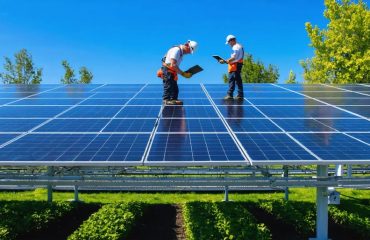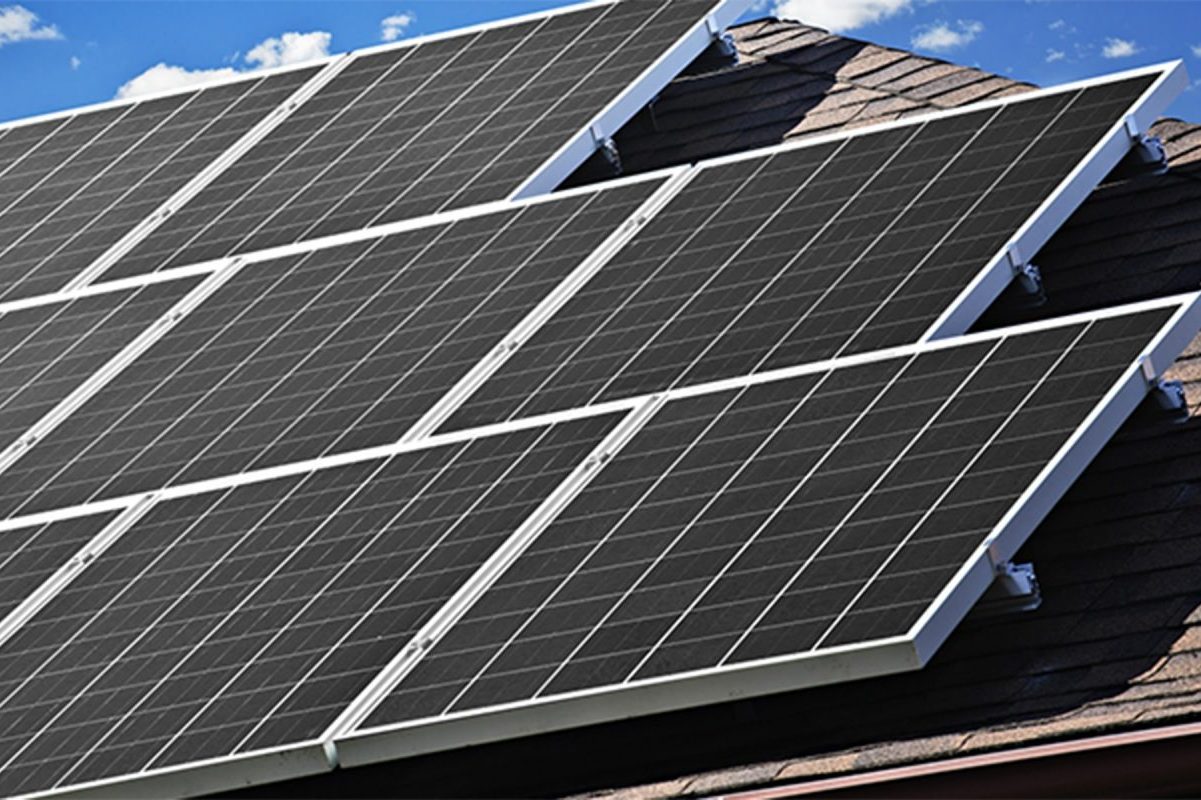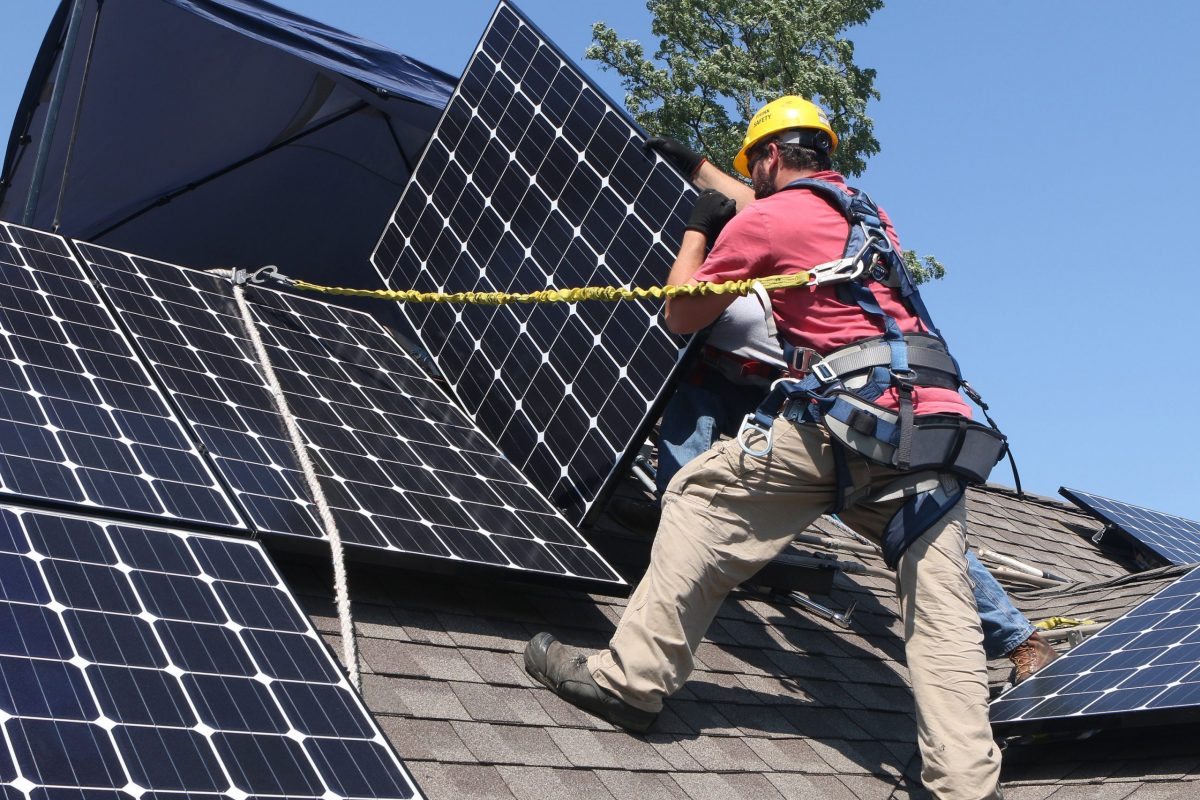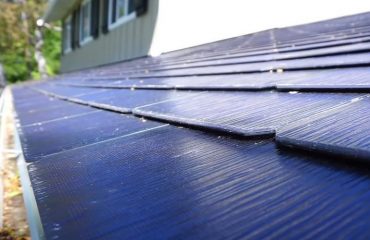Discover the true cost of solar panel maintenance and learn how to minimize expenses for maximum savings. While solar energy systems are remarkably low-maintenance, understanding the factors that influence upkeep costs is key to keeping your investment running smoothly. From proactive panel cleaning to timely repairs, uncover expert tips for slashing yearly maintenance bills without compromising performance. Find out the real price of solar peace of mind and see why a well-maintained array is a smart choice for your wallet and the planet.
Understanding Solar Panel Maintenance
Cleaning
Regular cleaning is crucial for maintaining the efficiency and performance of your solar panels. Over time, dirt, dust, pollen, bird droppings, and other debris can accumulate on the surface of the panels, blocking sunlight and reducing energy output by up to 25%. By incorporating regular cleaning into your solar panel maintenance routine, you can ensure that your system is operating at peak efficiency. Most experts recommend cleaning your panels at least twice a year, although the frequency may vary depending on your location and environmental factors. While professional cleaning services are available, many homeowners opt to clean their panels themselves using a soft brush, squeegee, and mild detergent solution. This simple maintenance task can help you maximize your energy savings and extend the lifespan of your solar investment.

Inspection
Professional inspections by qualified solar technicians typically cover a comprehensive assessment of your solar panel system, including the panels, mounting, wiring, and inverter. These inspections help identify any issues that could impact performance or safety. Most experts recommend scheduling a professional inspection every 3-5 years to ensure optimal system functioning and catch potential problems early. While inspections do come at a cost, they can save you money in the long run by preventing more expensive repairs or efficiency losses. Budgeting for periodic professional inspections is a smart way to protect your solar investment and keep your system generating clean, affordable energy for decades.
Repairs and Part Replacements
While solar panels are built to last, occasional repairs or part replacements may be necessary. The most common issues include inverter replacements (typically every 10-15 years at $1,000-$3,000), wire damage from animals or weather (around $100-$200 to repair), and cracked panels from heavy impacts ($150-$350 per panel). Monitoring systems can alert you to performance issues early on. Regular cleaning and maintenance can prevent more costly repairs down the line. Choosing high-quality panels and components, as well as working with a reputable installer, can also minimize repair needs. Built-in warranties often cover major part replacements for 10-25 years.

Average Annual Maintenance Costs
Cleaning Costs
Professional solar panel cleaning services typically cost between $150 to $350 per visit, with most homeowners spending around $200 on average. These prices can vary depending on factors like the size and number of panels, roof accessibility, and location. While some companies may offer discounts for regular maintenance plans, having your panels professionally cleaned once or twice a year will generally add up to $200 to $700 annually. It’s important to note that neglecting regular cleaning can lead to more significant efficiency losses over time, potentially offsetting the cost of professional services through reduced energy output and savings.
Inspection Costs
Professional inspections of solar panel systems typically cost between $150 to $300 per year. These inspections are conducted by certified technicians who thoroughly examine the panels, wiring, inverters, and other components to ensure optimal performance and identify any potential issues. While some homeowners may view annual inspections as an unnecessary expense, they can actually save money in the long run by catching problems early and extending the lifespan of the system. Many solar panel warranties also require regular inspections to maintain coverage. To minimize inspection costs, homeowners can compare quotes from multiple providers and consider bundling the inspection with other home maintenance services.
Repair and Replacement Costs
While solar panels are highly durable and designed to last for decades with minimal maintenance, occasional repairs or part replacements may be necessary. The most common issues include inverter replacement, which typically costs between $1,000 to $3,000, depending on the type and size of the inverter. Micro-inverters, which are installed on each panel, may need replacement every 15-25 years at a cost of around $150 to $400 per unit.
Other potential repair costs include fixing or replacing damaged wiring, connectors, or fuses, which can range from $100 to $500. In rare cases, solar panels themselves may need to be replaced due to physical damage or severe performance degradation. Replacing a single panel can cost anywhere from $200 to $1,000, depending on the panel type and brand.
It’s important to note that many solar panel manufacturers offer warranties covering defects and performance for 10-25 years, which can help mitigate repair costs. Additionally, proper installation, regular cleaning, and timely maintenance can minimize the likelihood of needing costly repairs or replacements. Setting aside a small budget for potential repairs, around $200 to $300 per year, can help homeowners stay prepared for any unexpected maintenance expenses.
Factors Affecting Maintenance Costs
System Size and Type
The size and type of your solar panel system directly impact the yearly maintenance costs. Larger systems with more panels typically require more cleaning, inspection, and upkeep, resulting in higher annual expenses. The type of solar panels also plays a role, as some technologies, like monocrystalline panels, are more efficient and durable, potentially reducing long-term maintenance needs. However, these high-end panels may come with a higher upfront cost. It’s essential to strike a balance between system size, panel type, and your budget to optimize your investment and minimize ongoing maintenance expenses while still meeting your energy needs.
Location and Climate
Local climate conditions significantly impact solar panel maintenance needs and costs. Areas with high temperatures, strong winds, and frequent dust or sandstorms may require more frequent cleaning to prevent reduced efficiency. Snowy regions necessitate clearing panels to maintain optimal performance. Coastal areas with salty air can accelerate corrosion, requiring more inspections and component replacements. Extremely cold temperatures can cause micro-cracks, while hail can damage panels. Considering your local climate when budgeting for maintenance helps ensure your solar panels operate at peak efficiency for maximum savings and environmental benefits.
Maintenance Plan
When it comes to solar panel maintenance costs, the choice of maintenance plan can significantly impact yearly expenses. Most solar companies offer various maintenance packages, ranging from basic annual inspections to comprehensive coverage including repairs and part replacements. Opting for a more extensive plan may have higher upfront costs but can provide peace of mind and potentially save money in the long run by catching and addressing issues early. On the other hand, homeowners who choose a more basic plan or handle maintenance themselves can save on yearly costs but may face higher expenses if problems arise. Ultimately, the decision depends on personal preference, budget, and risk tolerance.
Minimizing Maintenance Costs
Regular DIY Cleaning
Homeowners can save money on solar panel maintenance by cleaning the panels themselves. Regular cleaning removes dirt, dust, pollen, and bird droppings that can reduce panel efficiency by up to 20%. To clean, simply hose off panels with a garden hose from the ground, or use a soft brush and squeegee on a long pole for hard-to-reach areas. Avoid harsh chemicals or abrasive materials that can damage panels. Cleaning frequency depends on location, but every 6-12 months is typical. By investing a little time in regular DIY cleaning, homeowners can maximize panel performance and reduce professional cleaning costs over the system’s lifetime.
Proactive Monitoring
Proactive monitoring of your solar panel system can help you identify and address issues early on, saving you money in the long run. By keeping a close eye on your system’s performance, you can spot any dips in efficiency or output that may indicate a problem. This allows you to take corrective action before the issue worsens, potentially avoiding more costly repairs down the line. Many modern solar panel systems come with built-in monitoring capabilities, making it easy for homeowners to track their system’s performance and catch any irregularities. Investing in proactive monitoring can help you maximize your solar panel system’s lifespan and minimize maintenance costs over time.
Conclusion
In conclusion, while solar panel maintenance costs may seem daunting at first, the long-term savings and environmental benefits far outweigh the annual expenses. By following a regular cleaning schedule, monitoring your system’s performance, and addressing any issues promptly, you can keep your maintenance costs low and ensure optimal energy production for years to come. Remember, investing in proper solar panel maintenance is not only good for your wallet but also for the planet. Embrace the power of the sun and enjoy the rewards of clean, sustainable energy while minimizing your carbon footprint and energy bills.
Word Count: 100


